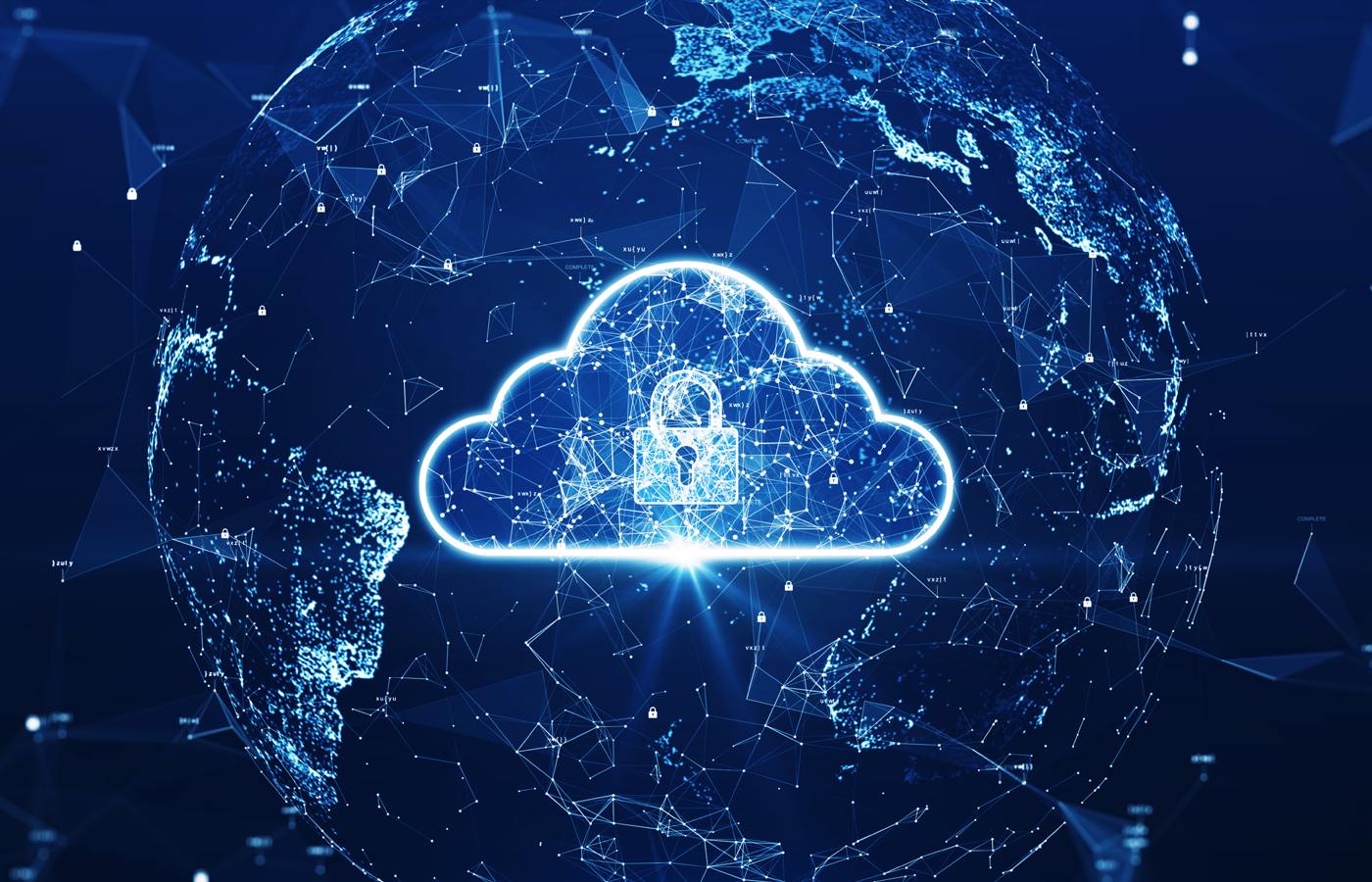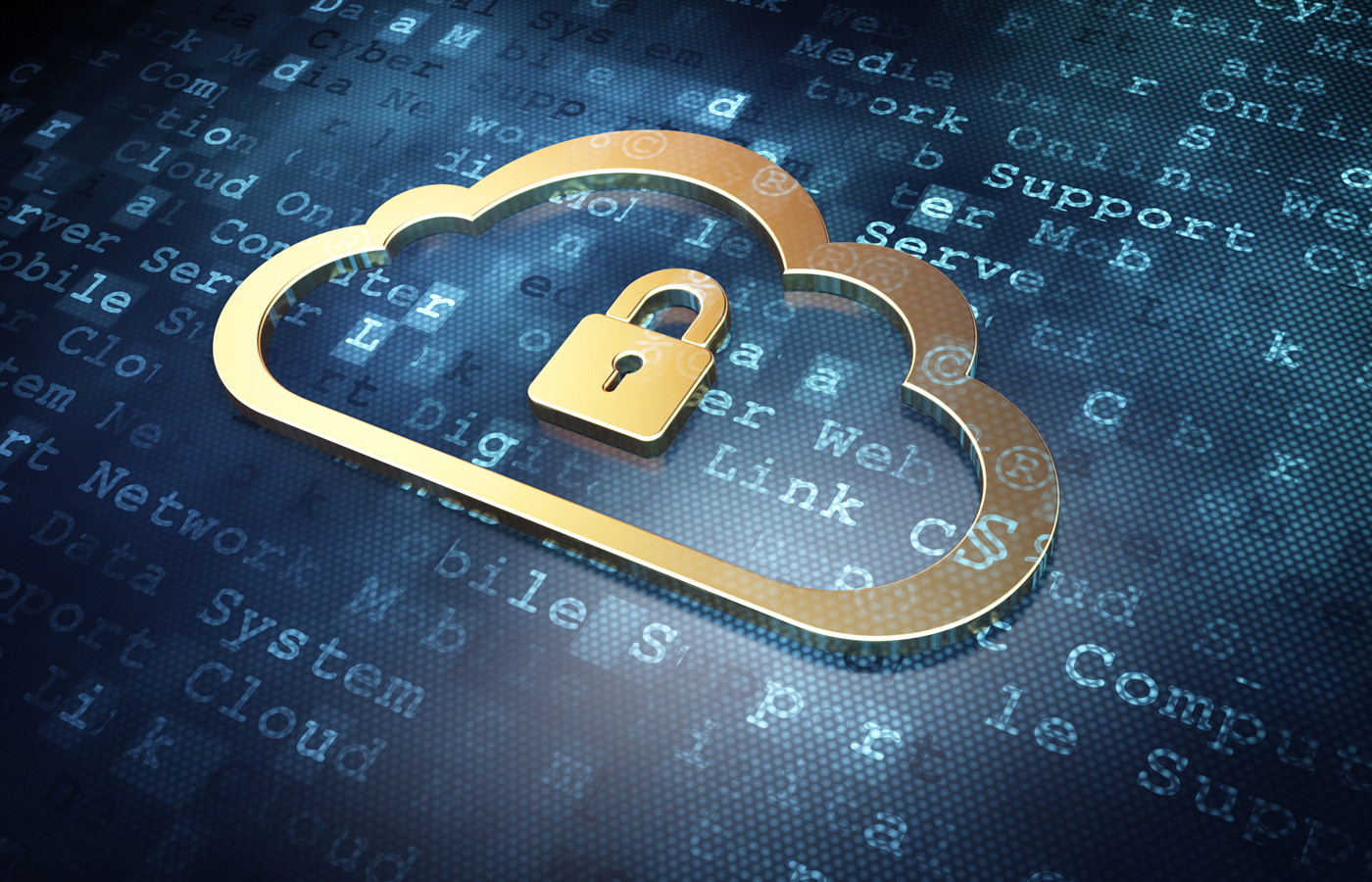Irrespective of your organization’s size or complexity, a robust cybersecurity infrastructure is the key to protecting your network and data. But common problems prevail for IT staff monitoring or managing potential threats: a constant triage of alerts, dispersed information challenging to gather, and lack of time, tools, or resources to effectively protect your organization.
To ease these burdens, SECaaS and SOCaaS vendors have emerged as cloud-based security as a service that can collect, analyze, and correlate your information from diverse systems and applications — turning former headaches into actionable information security intelligence.
Security as a Service (SECaaS)
In the growing universe of SaaS (Software as a Service), SOCaaS and SECaaS refer to cloud-built alternatives to your organization’s security operations center (SOC) or security systems (SEC). For consolidation purposes, this article will refer to these services as SECaaS.
What is SECaaS?
SECaaS is a cloud-delivered, multi-tenant model for outsourcing cybersecurity services. On a subscription basis, these cloud services can secure access to applications no matter the host or where users connect (e.g., remote work).
Like SaaS, SECaaS can mean cost savings, flexibility for scaling, and the latest security updates. While it can also ease your IT staff’s burden, security as a service is not a replacement for your organization’s security managers.
Where does SOC fit?
A security operation center (SOC) functions as the command center for protecting, detecting, and preventing potential cybersecurity threats for an organization. Compliance and security analysts, incident responders, engineers, and forensic investigators work together to offer uninterrupted monitoring and improved incident protection. SOCs organize to continually monitor and alert security analysts of possible intrusion and attack.
Though any organization could benefit from an in-house SOC, they are often limited to the businesses and organizations with the financial resources to protect highly sensitive data.
Common features of SECaaS
Standard features of security as a service vendors include many of the same benefits of having an SOC, like 24/7/365 monitoring, cybersecurity expertise, managed detection and response (MDR), network security, penetration testing, incident response, and threat intelligence.
Additional services offered by SECaaS vendors include:
- Security Information and Event Management (SIEM)
- Business Continuity and Disaster Recovery (BCDR)
- Identity and Access Management (IAM)
- Endpoint Encryption
- Intrusion Detection and Prevention System (IDPS)
First line of defense
SECaaS vendors can be your organization’s first line of defense. With algorithmic and automated detection of abnormal behavior, SIEM capabilities, and MDR, vendors can enhance your visibility into your network at any given time through a convenient, web-enabled dashboard. While the latest patches for antivirus software require time-sensitive management, your SECaaS automatically covers these updates on all of your devices. When alerted to threats, SECaaS analysts can take immediate action by closing access points and promptly report problematic behavior to your organization’s IT management.
Current landscape for SECaaS
In 2020, the security as a service market remains competitive as cloud-based upstarts battle with technology giants migrating to the cloud. Traditional security vendors serving as managed security service (MSS) providers continue to blur the line between MSS and SECaaS. Organizations are also increasingly adopting cloud services for their network and security to form what Gartner calls a Secure Access Service Edge (SASE).
SECaaS in 2021
Gartner noted in 2019, “The enterprise data center is no longer the center of access requirements for users and devices.” In other words, the days of in-house network usage and application hosting grow shorter. Users are tapping SaaS applications and cloud services, and more work is being conducted off-network. These shifts make automated detection of anomalous behavior and IAM essential to suppressing threats on the network perimeter and the cloud.
Gartner added in summary to its report Future of Network Security Is In the Cloud, “There is no single vendor yet that offers the entire [cybersecurity] portfolio, although several vendors have a majority of the necessary functionality.” This is an important reminder to your organization when considering security as a service to ensure the vendor meets your unique set of needs.
Vendors in the SECaaS industry in 2020 included: Alert Logic, AT&T Cybersecurity, Barracuda Networks, Cisco, Dell Technologies, CipherCloud, Fortinet, IBM, McAfee, Nominum, Oracle, Panda Security, Proofpoint, Qualys, Radware, Sophos, Symantec, Trend Micro, Websense, and Zscaler.
Also Read: Top Cloud Security Companies and Tools of 2020
MSS vs. SECaaS
Gartner defines MSS as the “remote monitoring or management or IT security functions delivered via shared services from remote security operations centers.” MSS providers typically offer managed monitoring, firewalls, IDPS, endpoint detection and response (EDR), secure web gateway (SWG), threat intelligence, MDR, security analysis and reporting, and SIEM. Sound familiar?
When comparing SECaaS and MSS, the primary difference has been that MSS isn’t inherently built on a SaaS platform. As traditional MSS providers expand their security offerings to cloud-based services, this separation is becoming thinner. Notable examples of this convergence occurred in 2018 when AT&T acquired AlienVault and in 2020 when Accenture acquired Symantec.
Scalable, savvy, secure: SECaaS
Utilizing security as a service can be an affordable and practical solution for monitoring your network and information as your organization’s requirements change. SECaaS vendors also stand out in their efficacy for organizations that have hybrid environments with multiple clouds in the mix. With continuous monitoring and a suite of security features, your SECaaS vendor is at the front line to detect and prevent potential attacks so you can feel confident that your organization is secure.




